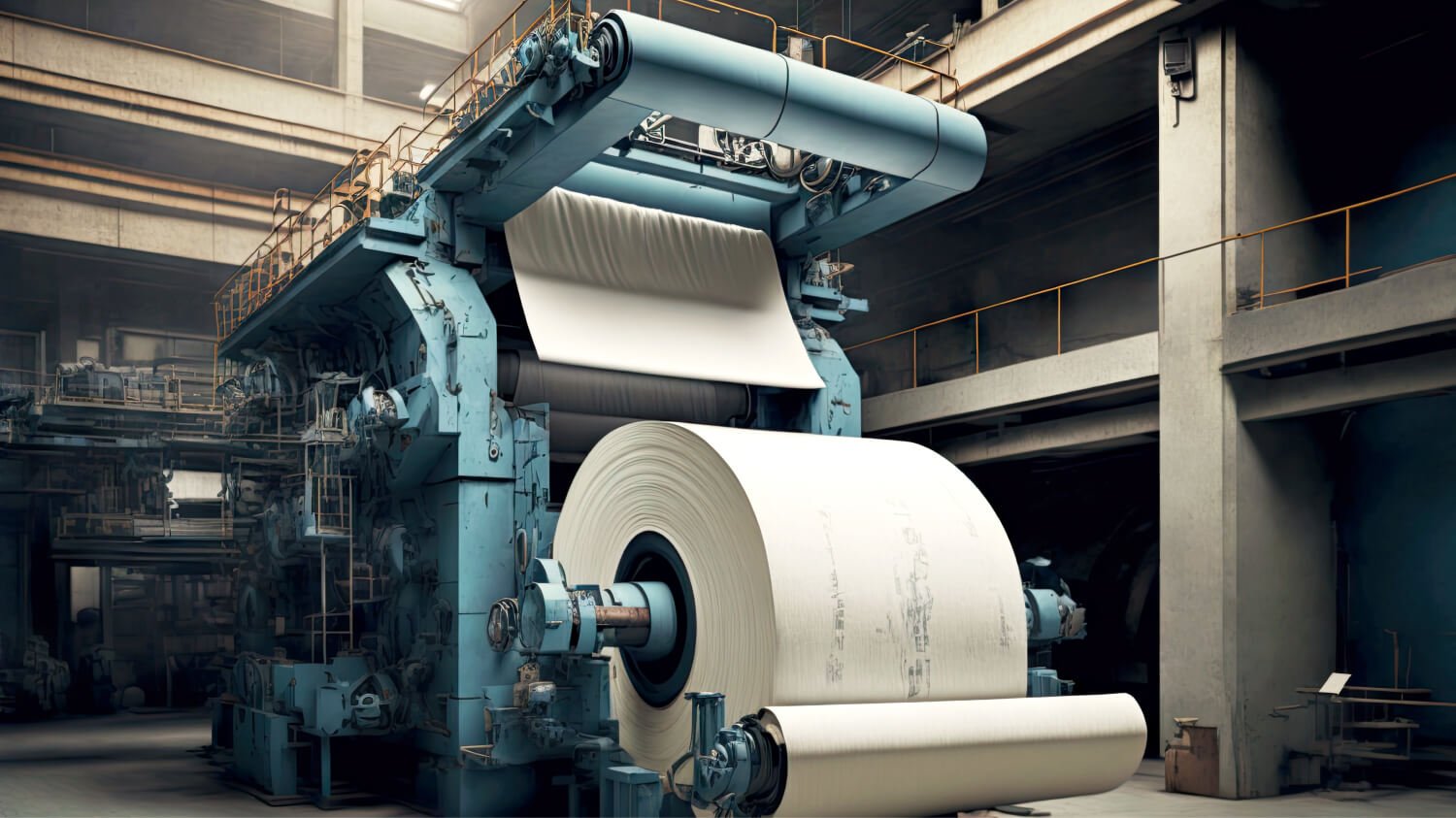The resurgence of the pulp and paper industry
It wasn’t long ago that the pulp and paper industry was grappling with a stark decline. The digital revolution threatened one of its core outputs: print media. Now, pulp and paper are experiencing an unexpected comeback.
So, what’s driving this revival? Let’s delve into the key factors writing a new chapter for this age-old industry—e-commerce, global health crises, and demographic changes.
The Amazon effect
The rapid increase in online shopping, led by giant international companies like Amazon, has greatly boosted the need for paperboard packaging. This uptick is not a fleeting trend—it's a substantial shift in how people consume.
Take Amazon Prime, the paid subscription service. The pandemic years saw a 14% surge in what was already a significant user base of 146.1 million. This increase reflects a shift towards online shopping for a wide range of products, including daily essentials.
As online shopping grows, so does the demand for eco-friendly packaging. The European Parliament is working on new packaging rules to promote recycling and reduce waste. These efforts aim to align with consumer preferences for environmentally conscious products, leading to more recycled materials and sustainable packaging demands.
The pandemic and paper products
The run on paper products like toilet paper at the start of the COVID-19 pandemic showed the critical role of paper products in our everyday lives. It also highlighted how quickly the paper industry can adapt and scale when needed.
As we finally emerge from the pandemic, widespread awareness of virus transmission and improved hygiene habits will likely have a lasting impact on consumer behavior. Not only are we now aware of the essential nature of paper products in times of crisis, but we understand our predicament if we run short.
Aging populations bring new demands
As the world’s population ages, the pulp and paper industry must prepare to meet a growing and sensitive need: adult diapers and incontinence pads.
Experts predict that the need for adult incontinence products will grow by a colossal 50 percent in the next ten years.
This surge reflects the growing numbers of older adults and a changing societal attitude towards such products. With new demand and innovation challenges on the horizon, how can pulp and paper mills prepare to maximize the opportunities?
The role of control valves in paper production
The paper production process demands precise flow control under extreme conditions.
Steps like mixing pulp, adding chemicals, and managing steam must be done accurately and efficiently. At the same time, the system has to withstand high temperatures, high pressure, and corrosive fluids.
Severe service control valves are the key to this intricate balance of processes. By controlling these aspects with the right control valve, paper producers can significantly reduce waste, increase efficiency, and minimize hazards while maintaining product quality.
Preparing for a new chapter
The pulp and paper industry's resurgence is surprising but no mystery. All signs point to a long period of sustained and stable growth.
Ensuring there are high-quality control valves in paper and pulp plants will be more critical than ever as the supply chain faces increasing demand. Using valves that will help reduce emissions will also be key to reaching sustainability targets and satisfying consumers seeking greener options.
Trimteck can help. We create robust custom control valves built with the demanding requirements of paper mills in mind. Working with our Applications Engineers, we can help you solve even the most complex process control problems quickly and economically.
If you’d like to learn more about our solutions for the pulp and paper industry, our expert Sales Engineers are ready to answer your questions.


